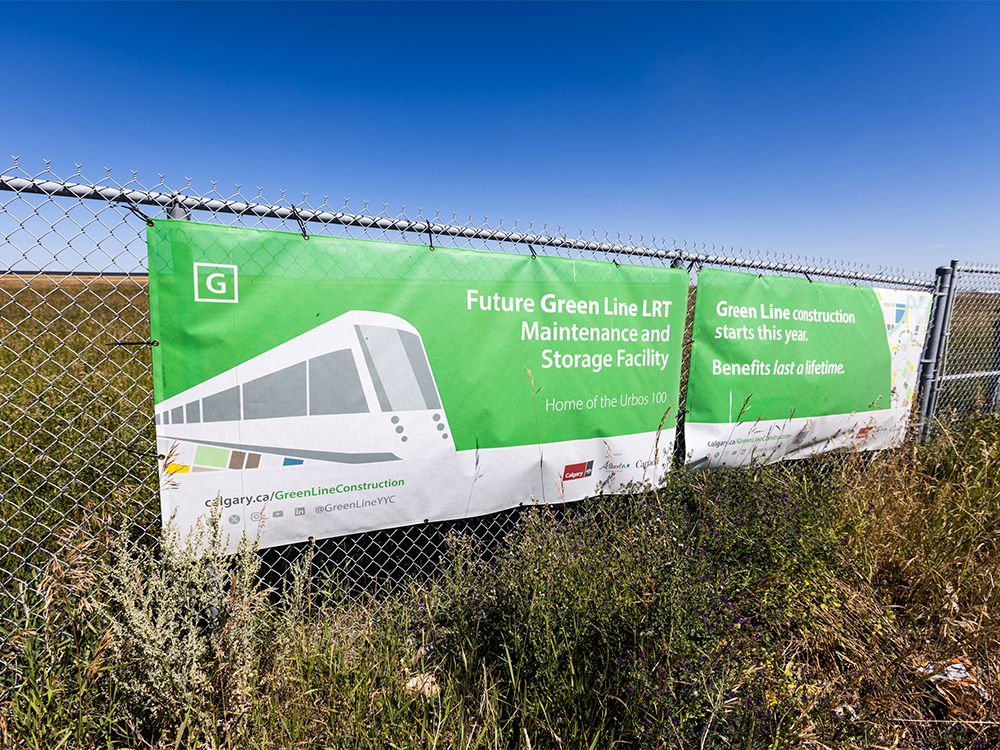When megaprojects come home to roost...
1. Underestimating Initial Project Complexity
- PMCs might downplay the project's complexity early on, which leads to insufficient planning and unforeseen challenges later.
2. Inadequate Scope Definition
- Poorly defined project scope results in scope creep, frequent change orders, and cost overruns that aren't flagged until too late.
3. Lack of Clear Communication Channels
- Insufficient or unclear communication structures lead to misunderstandings between contractors, vendors, and the employer.
4. Failure to Identify Risks Early
- Risk management may be reactive rather than proactive, meaning issues that could have been mitigated are only addressed when it's too late.
5. Delayed Decision-Making
- PMCs may stall critical decisions, especially when awaiting employer input, slowing the project down without clearly indicating the root cause.
6. Inadequate Contractor Performance Monitoring
- Without proper oversight, contractors may underperform or deviate from the project schedule, but this often remains unnoticed until significant delays occur.
7. Over-Reliance on Contractors
- PMCs may trust contractors too much, failing to provide adequate oversight and quality control, which results in subpar work that goes unnoticed for a while.
8. Neglecting Long-Lead Items
- Forgetting or delaying the procurement of critical, long-lead items can cause scheduling bottlenecks that may not become obvious until construction is delayed.
9. Improper Resource Allocation
- Assigning the wrong personnel or insufficient resources to key tasks, leading to inefficiencies and delays that aren’t immediately apparent to the employer.
10. Failure to Implement Robust HSE Management
- Poor health, safety, and environmental management can lead to violations or incidents, but these may not be immediately flagged unless a major accident occurs.
11. Inconsistent Quality Control
- QC inspections might not be thorough or consistent, meaning quality issues go unnoticed until they require expensive rework.
12. Ignoring Stakeholder Concerns
- Not addressing concerns from local communities or regulatory bodies early on, leading to conflicts and disruptions that the employer may not initially realize.
13. Over-Optimistic Reporting
- PMCs may provide overly optimistic progress reports to avoid alarming the employer, masking deeper project issues.
14. Inadequate Contractor Prequalification
- Selecting contractors without thorough vetting, leading to poor performance or inability to meet project requirements later on.
15. Improper Change Management
- Failure to properly document or track changes in design or scope can result in disputes or unnoticed cost increases.
16. Underestimating Weather or Environmental Impacts
- PMCs might overlook the impact of adverse weather conditions or environmental challenges on construction timelines.
17. Inefficient Permit and Regulatory Management
- Delays in securing permits or meeting regulatory requirements may not be flagged early enough, causing unexpected project halts later on.
18. Not Keeping Track of Interface Management
- Poor coordination between different contractors or packages can lead to interface issues that slow down the project but go unnoticed until integration becomes problematic.
19. Failure to Update the Employer on Delays
- When delays occur, PMCs may fail to promptly inform the employer or provide the full extent of the issues, making it harder to implement corrective actions.
20. Overlooking Commissioning and Startup Challenges
- Ignoring the complexities of commissioning and startup activities can lead to last-minute challenges, affecting project delivery and performance without the employer realizing the root cause earlier.

